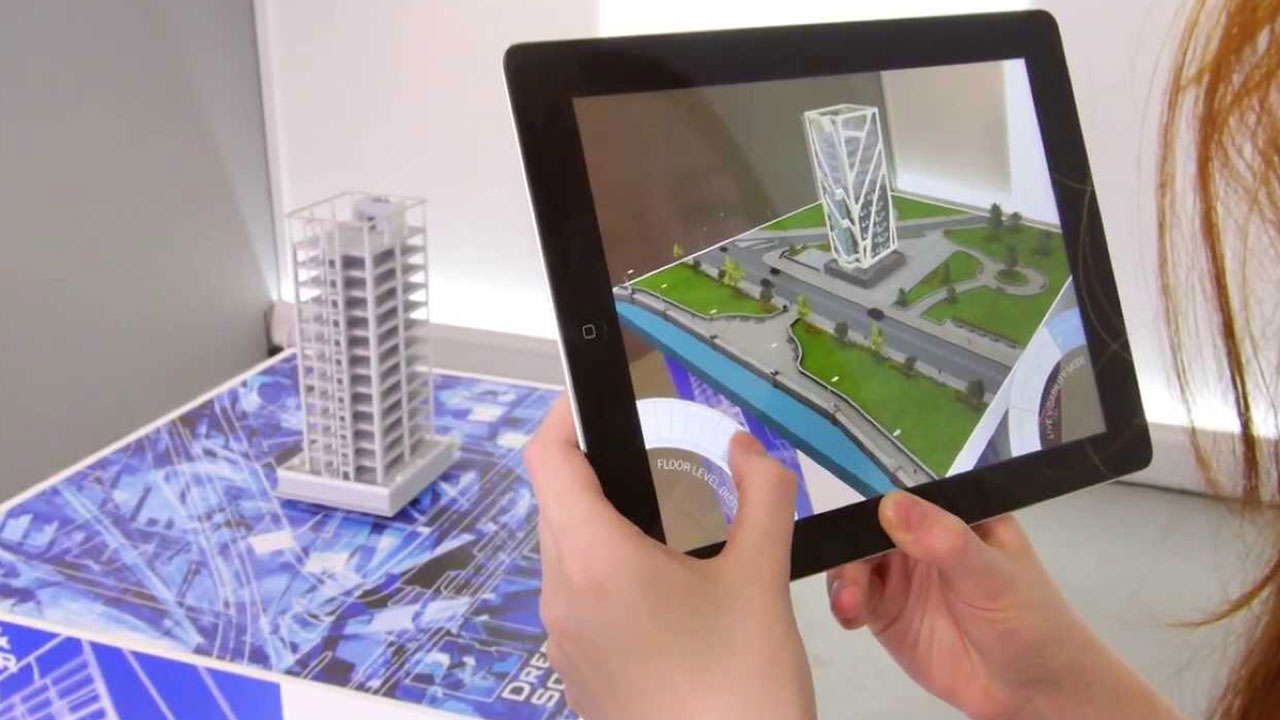With augmented reality apps for business, it is easy to deliver a great digital experience on top of interactive magazines, ads, packaging, business cards and other everyday items.
Augmented reality (or AR as it is also know in the industry) is no longer a futuristic dream, it’s here now and delivering cutting-edge technology that allows users to connect with more meaningful content in everyday life by delivering a digitally enhanced view of the real world.
From exploring a new city with helpful tips to discovering additional content within the pages of a magazine, the possibilities for AR are nearly endless.
Juniper Research estimates that by 2017, more than 2.5 billion AR apps will be downloaded to devices annually. Another study forecasts that annual sales in the space will nearly double every year to hit $5.2 billion by 2016.
Hidden Creative recently revealed a 135% increase in likelihood to buy when viewing an AR version of a product versus looking at a product image.
AR also has a positive impact on value perception – with a survey participants valuing the AR product 33% higher than the non-AR product.
Here are some examples of AR apps in business:
- In 2013, Swedish furniture maker IKEA introduced an app that lets customers see what a couch or chair would look like in their living rooms.
- Audi released an AR-enabled car manual which, in addition to offering basic information about the car, the app can give instant troubleshooting feedback when a service light comes on.
- Aqri, a Los Angeles-based start-up, is developing a set of AR-enhanced educational wooden blocks that display the periodic table elements. When viewed through a tablet app, the blocks appear to chemically react with one another.
- Blippar, based in London and New York City, makes an app that recognizes the height-and-width ratios of brand logos. Scan the product with a smartphone camera, and up pops digital content such as location-based games, coupons–even a way to buy more products.
AR technology could also eventually be deployed for things such as warehouse management where augmented-reality glasses could help direct warehouse workers to the right items for packing or rather than spending several minutes finding and counting inventory, an employee could simply look at the batch of products, scan it, and then be directed to the next batch.
From differentiating ground-breaking promotional activities to effective industrial applications, augmented reality is already offering solutions to companies across a wide spectrum of fields and trades while providing businesses with new and creative ways to engage their customers.
How will augmented reality apps work in your industry?

